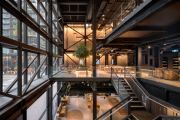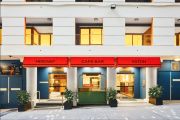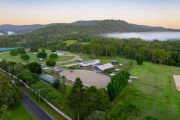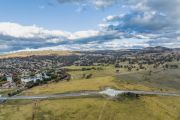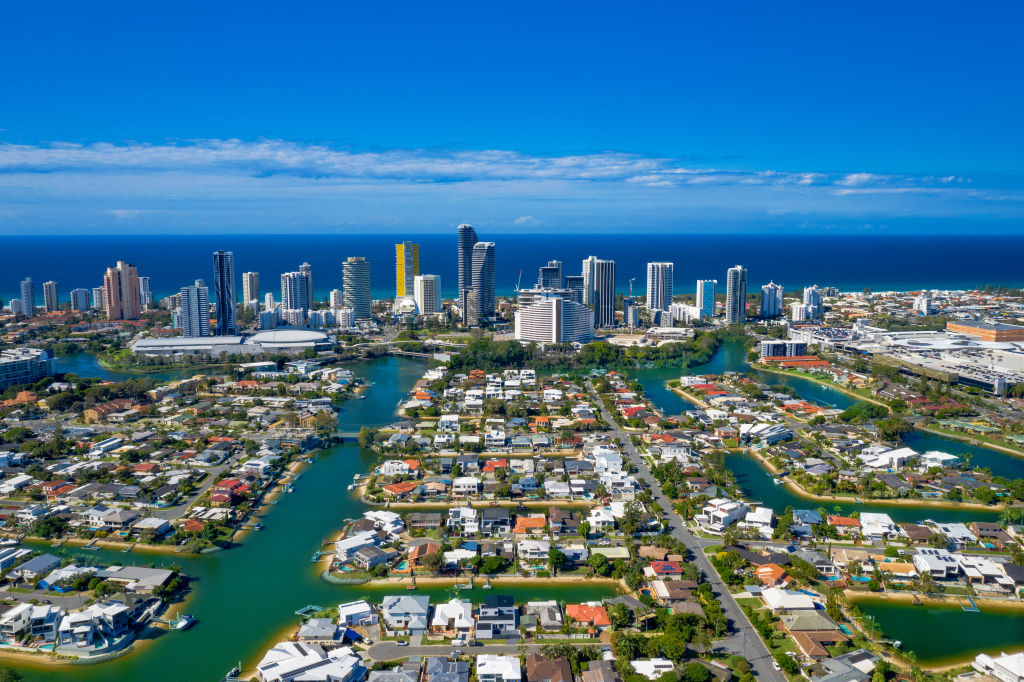
Gold Coast faces country-leading 10.5pc building cost inflation
South-east Queensland will suffer the country’s highest building cost inflation for the next four years, even as the residential sector weakens, as a large volume of public projects increases the demands on an already constrained labour force, new RLB forecasts reveal.
Tender price growth will leap 10.5 per cent on the Gold Coast this year. This is nearly double the 5.6 per cent of Perth, the second-hardest hit, and a leap up from the 7 per cent figure in the consultancy’s last estimate just six months ago.
Brisbane faces 5.1 per cent growth every year through to 2027, putting inflation in both Queensland regions above Melbourne, where prices will rise 5 per cent this year and then flatten out at 3.5 per cent. It is also above Sydney, which will rise 3.9 per cent this year and then 3.5 per cent every year to 2027.
Supply chain pressures are already triggering a number of building industry collapses in Queensland – which accounts for 338 of the country’s decade-high 2074 construction industry insolvencies nationally for the year to date.
This is further weakening the capacity of a sector that is smaller than the southern states, but which faces the ever-growing demands of public spending and the coming Brisbane 2032 Olympic Games.
“Construction activity in Australia is still facing common global challenges, such as rising costs, labour shortages and funding concerns, as well as region-specific dynamics,” RLB Oceania director for research and development Domenic Schiafone said.
Brisbane already suffers from the highest hourly construction labour cost, and strains on the Queensland market will increase under a string of public work such as a $10 billion package of hospital projects, a $5 billion corrections program and a $3 billion education program, Mr Schiafone said.
Higher construction and borrowing costs have slowed residential construction, but the commercial sector is active – with projects such as Mirvac’s 80 Ann Street office tower and the Charter Hall- and Investa-funded 360 Queen Street tower – and the industrial sector was seeing strong demand for storage and distribution centres, he said.
Infrastructure work under way includes the Cross River Rail, Brisbane Metro, and the Inland Rail.
The residential slowdown was also slowing the pace of price growth, but this did not resolve the persistent need of the state to import skilled workers, Mr Schiafone said.
“The implementation of forthcoming programs and the imminent Olympic Games are expected to revive construction activities, highlighting the need for skilled resources from other regions or overseas,” he said.
“On the Gold Coast, there continues to be a persistent upward trend in construction costs, primarily driven by limited resources and reduced competition … challenges such as shortages of skilled resources, productivity loss, and instances of insolvency persist in this region.”

